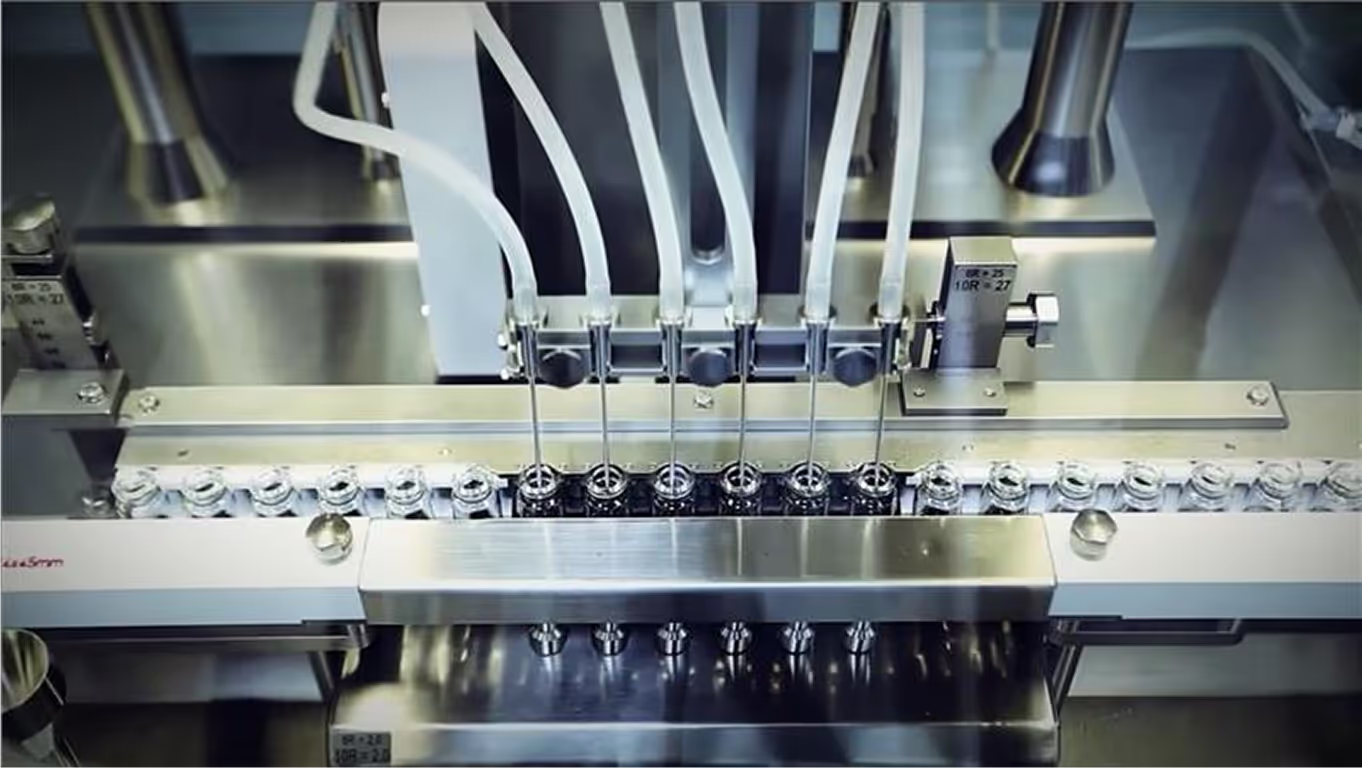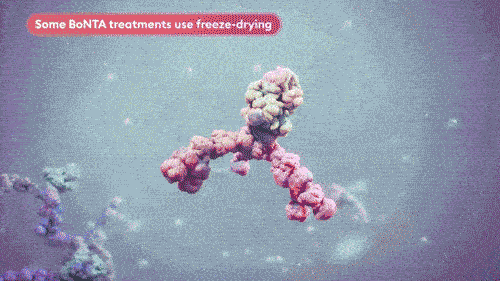
If you are a potential patient, please learn more about the product here.
*Based on a non-inferiority study that was conducted to show the effect of a treatment was not worse than the original treatment.
Objective 3D photogrammetry plus FACE-Q patient-reported outcomes present an advanced measure of performance.
Jeuveau and Dysport® displayed the most rapid onset at Day 3 compared to BOTOX Cosmetic and Xeomin®.
Jeuveau achieved the highest peak effect at Day 30, highlighting its performance profile.
At day 180, Jeuveau demonstrated a numerically greater effect than Dysport and Xeomin, and a significantly greater effect compared to BOTOX Cosmetic.
Study Design: Single-center, double-blind, randomized clinical trial to assess the effect of 4 botulinum toxin A formulations on glabellar strain using dynamic 3-dimensional photogrammetry. 142 females aged 30 to 65 years were randomized 1:1:1:1 into 4 treatment arms: 1 dose of 20 units of onabotulinumtoxinA (BOTOX Cosmetic) (n=35); 1 dose of 50 units of abobotulinumtoxinA (Dysport) (n=36); 1 dose of 20 units of prabotulinumtoxinA (Jeuveau) (n=36); or 1 dose of 20 units of incobotulinumtoxinA (Xeomin) (n=36) into the glabellar region (GR). Follow up occurred at Days 3, 30, 90, and 180. The primary outcome was change in GR dynamic strain after injection over time. The percentage of maximum treatment effect (MTE) at each visit was examined to delineate onset and duration.
Jeuveau demonstrated fast onset, numerically greatest effect at Day 30 and Day 90, and numerically greatest longevity at Day 180 among BOTOX Cosmetic, Dysport, and Xeomin.
Across all treatment arms and timepoints, there were no statistically significant differences (p>0.05), except: At Day 3, Dysport MTE was significantly higher than BOTOX Cosmetic (p=0.001) and Xeomin (p=0.002); and at Day 180, Jeuveau MTE was statistically significantly higher than BOTOX Cosmetic (p=0.03).
9. Lemdani, et al., Comparison of Botulinum Toxin A Formulations For Glabellar Strain Treatment In Woman. JAMA Dermatol. 2025.
.png)

We’re so confident in our results, Jeuveau was put to the test against legacy neurotoxin BOTOX Cosmetic.
Evolus conducted the largest head-to-head aesthetic phase III study and found that Jeuveau demonstrated non-inferiority to BOTOX Cosmetic in the treatment of moderate to severe glabellar lines in adults based on a GLS score of 0 or 1 at maximum frown on Day 30 by investigator assessment.**
**A non-inferiority study is conducted to show that the effect of a treatment is not worse than the original treatment.
GLS score of 0 or 1 at maximum frown on Day 30 by investigator assessment.


†️Investigator and subject assessment of GLS ≥1-point improvement at maximum frown at days 2, 14, 30, 90, 120, and 150.
³ Rzany BJ, Ascher B, Avelar RL, et al. A multicenter, randomized, double-blind, placebo-controlled, single-dose, phase 3, non-inferiority study comparing prabotulinumtoxinA and onabotulinumtoxinA for the treatment of moderate to severe glabellar lines in adult patients. Aesthet Surg J. 2020.
Jeuveau is a 900 kDa neurotoxin designed with purpose in California. Our unique manufacturing combines vacuum-dried processing with proprietary
resulting in ≥95% product purity and a
diffusion profile that supports results as you intend them.10,11


Jeuveau utilizes the entire 900kDa complex. Accessory proteins are active and may contribute to the efficacy.9

Our HI-PURE™ Technology allow for the purification of the toxin with at least
95% purity.12

Avoids crystal formation and minimizes product impurities, maintaining the integrity of the toxin.9
When used in conjunction with intramuscular injection for moderate to severe glabellar lines,1,12 Jeuveau offers:
*87% of injectors consider Jeuveau to be a precise product when injected intramuscularly.8
91% of Jeuveau patients report being satisfied with their results, enjoying smoother frown lines in as little as two days* that last for up to four months.5†
*About 50% of people begin showing improvement after two days (≥1-grade improvement by physician assessment). Most people (~69%) achieve complete results by day 30 (≥2-grade improvement by physician and patient assessments). †On average, Jeuveau patients receive 3 treatments a year.
Consumer Pulse Survey 2024, Data on file. (N=424). 91% of Jeuveau patients treated within the prior 3 months and with at least 5 previous treatments rated themselves as satisfied or extremely satisfied with their treatments.
Start setting up your MyEvolus account and see all that Evolus can offer you today.
Jeuveau demonstrated a proven safety profile in 5 clinical studies, all part of the Transparency Clinical Program:
In the 2 U.S. pivotal phase III studies, 68% and 70% of Jeuveau patients with moderate to severe frown lines had a 2-grade or better physician- and patient-rated improvement (none or mild frown lines) at Day 30, compared to 1% for placebo.
* Jeuveau demonstrated non-inferiority to BOTOX® Cosmetic in the treatment of moderate to severe glabellar lines in adults based on a GLS score of 0 or 1 at maximum front on Day 30 by investigator assessment.